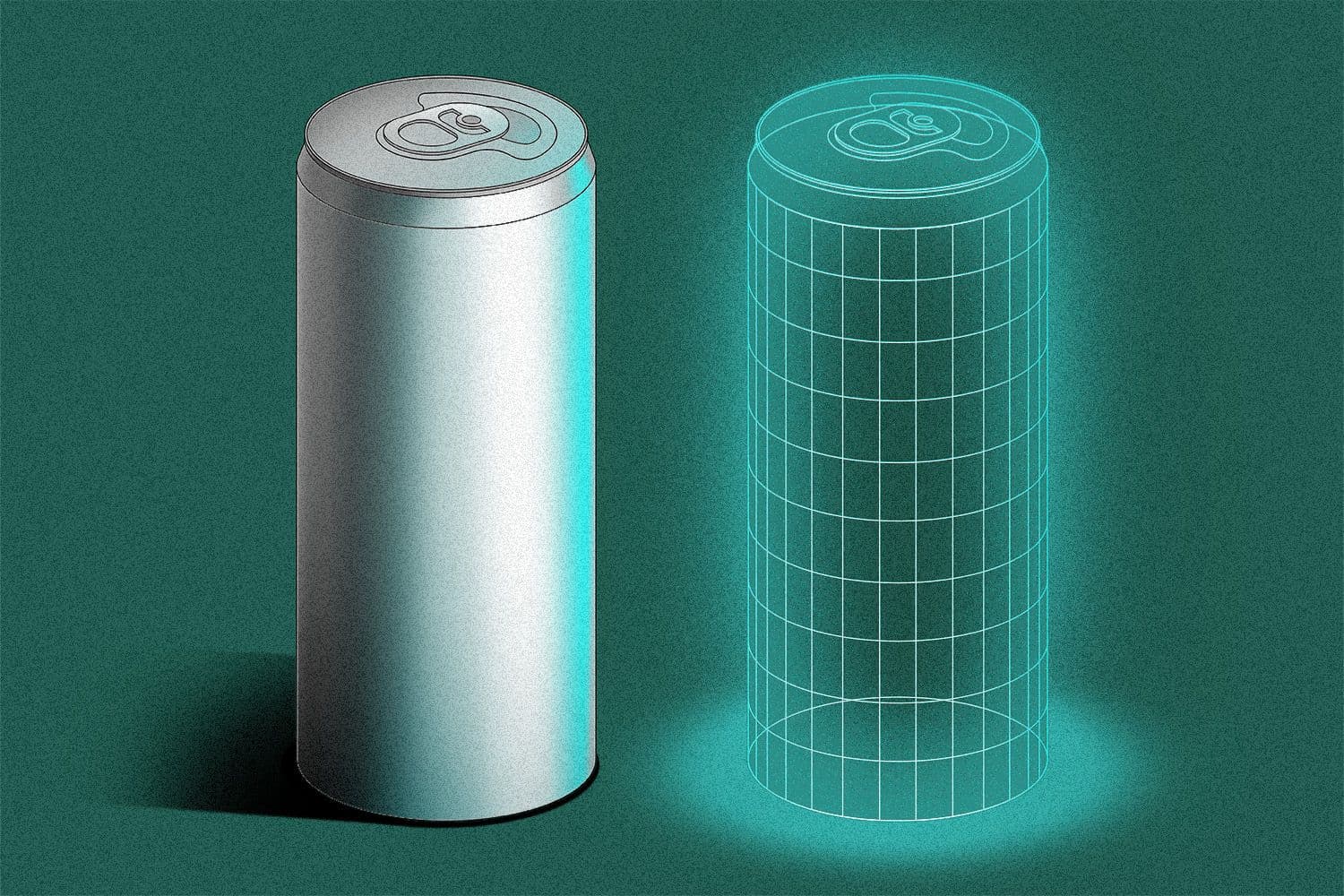How one energy drink startup is using digital twins to beat the competition
Natural language processing and generative AI are allowing brands to talk to a virtual version of their target audience, trained on shopper data.

Francis Scialabba
• 3 min read
These days it seems like everyone’s got a chabot—you can’t turn around without bumping into an announcement about a new offering powered by natural language processing (NLP).
Many of these solutions are consumer facing, helping with shopping or returns.
But what if companies could ask ChatGPT questions about consumers? What if, instead of hallucinating answers based on data culled from the internet circa 2021, a chatbot was trained on specific consumer data?
That’s the approach that market intelligence platform Native AI is taking: interpreting unstructured shopper data with NLP, building “digital twins” of consumers, then using generative AI to allow brands to talk to virtual representations of their own shoppers in a ChatGPT-esque interface.
As consumers leave “clues” about their preferences and consumption habits (including SKU-level data like product reviews from around the web) Native creates a digital clone (a representation of an individual shopper, used to predict behavior in various scenarios) explained Native AI’s CEO and co-founder Frank Pica.
“It’s tokenized, no [personal identifiable information] so we don’t know it’s you,” he added. “But that’s where generative AI comes in—you can actually create very accurate outputs that allow you to really talk…directly to [consumers].”
So, what does that look like in practice? For energy drink maker EBoost, talking with these shopper simulations has helped the company understand the competitive landscape of new products and key in on the attributes that keep their buyers coming back for more.
Energized focus groups
When Thomas Ortis joined EBoost as a marketing assistant in 2011, the company only had one product (an energy and vitamin powder) and a fairly niche audience, he said.
But the launch of Super Fuel, an energy drink created in partnership with AriZona beverages, pushed EBoost into a more crowded sector with broader appeal, Ortis said.
Retail news that keeps industry pros in the know
Retail Brew delivers the latest retail industry news and insights surrounding marketing, DTC, and e-commerce to keep leaders and decision-makers up to date.
Ortis didn’t have the bandwidth (EBoost has fewer than 10 employees) or the budget to operate traditional focus groups. So to get closer to their new customers, he decided to go digital.
According to Ortis, Native’s digital twins have helped EBoost narrow down marketing messages and home in on the product benefits or attributes that resonated most with consumers.
Ortis said he used digital consumers to identify gaps in the crowded energy drink market. “We have so much competition and such large competitors that we can analyze the data and get some sanswer as to what people actually wish those energy drinks were,” he explained. That’s how they identified Super Fuel’s carbonation level as an important selling point.
That’s not to say that it’s all been smooth sailing with the digital twins. As with other AI chatbots, Ortis said his team is still learning how to frame questions and set the right parameters for responses. For now, he’s using the digital twins’ responses as a “guide” or an additional data point for his human team to interpret.
The digital focus groups might not be ready for full autonomy, but Ortis still plans to turn to them when EBoost launches additional products to get intel on pricing, pack size, and omnichannel spread. It’s part of figuring out the “hook” that will convince people to try the small brand’s drinks.
“At the end of the day, customers only have a few seconds to connect with a product,” he said.—MA
Retail news that keeps industry pros in the know
Retail Brew delivers the latest retail industry news and insights surrounding marketing, DTC, and e-commerce to keep leaders and decision-makers up to date.